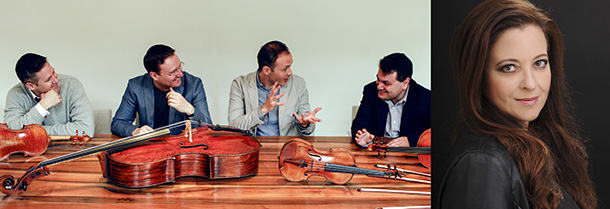Tag: String Quartet No. 2 Op. 26
-

PROGRAM NOTES: JERUSALEM QUARTET AND HILA BAGGIO
Yiddish – A new viewpoint When we were approached by harmonia mundi to think of a concept for a ‘different’ album, an album that would challenge our standard repertoire, we took great care to find a subject that we had a natural connection with, but that would be interesting for the general public. Naturally we…

